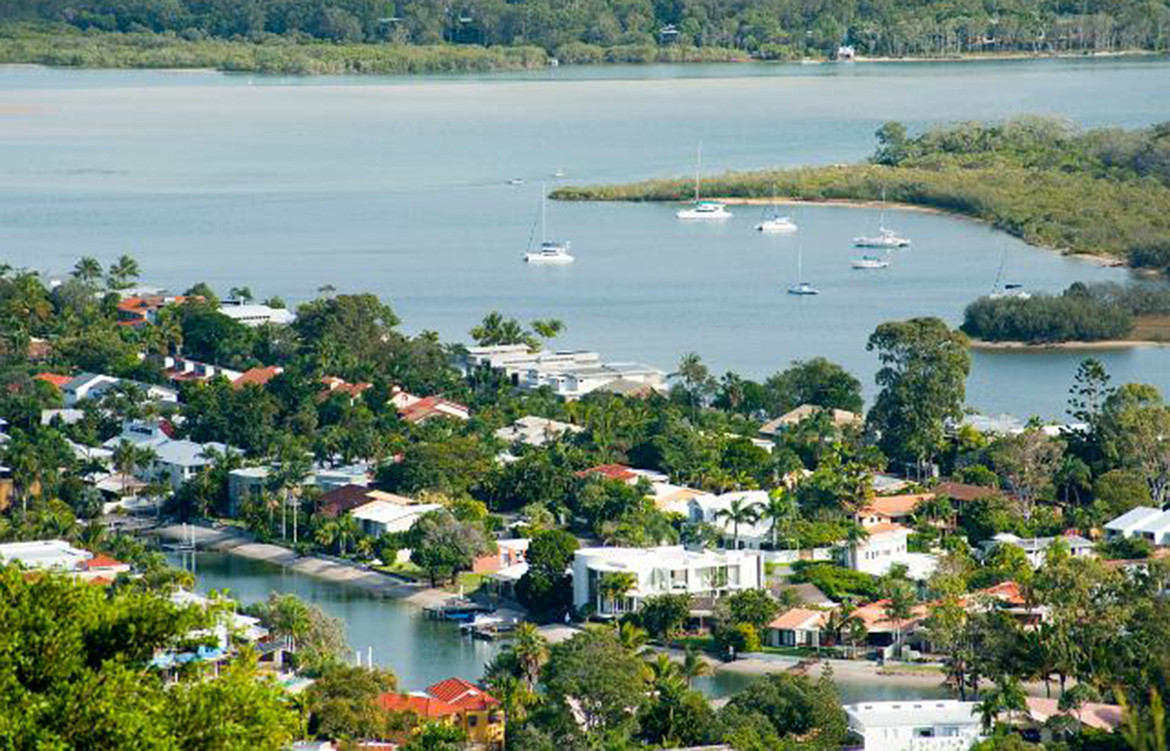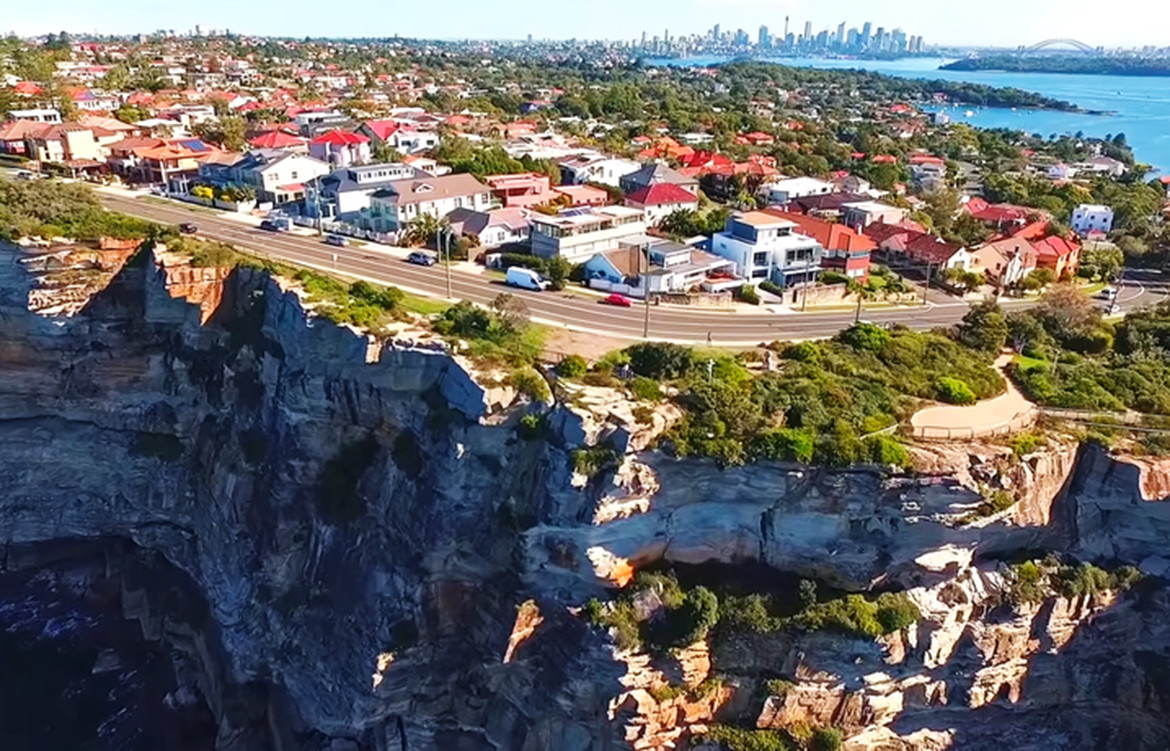As global temperatures rise, and the likelihood of extreme weather events increases, the topic of sustainable housing design and energy efficient housing is going to become more relevant to homeowners and renovators. Unfortunately, at this stage, renters are largely locked out of this discussion, although tenancy advocacy groups have run campaigns such as Make Renting Fair and the One Million Homes Alliance, to argue for change in the rental sector.
So what is energy efficient housing, and what regulations and standards exist in Australia to tackle these issues?
Firstly, let’s talk about energy efficiency and performance. According to Choice, Australian homes account for about 11 per cent of Australia’s total carbon emissions, so household energy efficiency improvements are one of the cheapest ways to cut national carbon emissions.
There is a spectrum of sustainable housing design that ranges from less than 1 to more than 10 stars, but if you undertake a new build or renovation – and just meet the minimum standards – your resulting home is likely to occupy the middle of that spectrum.

Basically, there is a spectrum of sustainable housing design that ranges from less than 1 to more than 10 stars, but if you undertake a new build or renovation – and just meet the minimum standards – your resulting home is likely to occupy the middle of that spectrum.
At the lower end – and this includes most homes, because the vast majority of Australia’s existing houses score just 1- and 2-stars – they tend to be poorly oriented, designed and constructed; and often have substandard insulation and ill-fitting windows and doors, making them leaky. Taken together, these factors mean that most houses are inefficient to operate, leading to high cooling bills in summer and high heating bills in winter (pertaining to location and climate, of course).
These homes also produce more carbon emissions than higher performing homes – unless they generate solar power from photovoltaics – thereby contributing further to climate change effects.
In the middle of the spectrum are newer homes, especially those built after the NCC’s (the National Construction Code) energy efficiency standards were upgraded in 2010, when minimum standards were lifted to 6-stars (or equivalent, depending on the method used to demonstrate compliance).
Research conducted by the CSIRO found that about 1.5 per cent of new builds nationally failed to meet the declared standard.

What many consumers don’t realise, however, is that the star rating is assessed during the design phase of residential projects, and there is currently little in the way of post-completion checks. In fact, research conducted by the CSIRO found that about 1.5 per cent of new builds nationally failed to meet the declared standard, and this problem was especially pronounced in Western Australia, where the non-compliance figure was 15-20 per cent.
Conversely, the best performing new homes are located in the Australian Capital Territory, again according to CSIRO research, and there’s a good reason for that. In 1999, the ACT government introduced mandatory Energy Efficiency Ratings (EER) for houses at the point of sale. Where ratings exist for rental homes, they must be declared when the property is listed for lease, and last year, as part of its Climate Change Strategy, the ACT government unveiled plans to introduce minimum energy efficiency standards for rental homes by 2022-23, again leading the country in terms of regulation.
In the two decades since the EER policy was introduced, it has helped to create greater consumer awareness about the benefits of higher ratings, which has translated into a price premium for houses that score between 7- and 10-stars.
The vast majority of Australia’s existing houses tend to be poorly oriented, designed and constructed; and often have substandard insulation and ill-fitting windows and doors.
Last year, the federal government announced plans to introduce similar EER ratings for the real estate market across Australia, through its Trajectory for Low Energy Buildings – Existing Buildings, and the Addendum announced in November 2019 , but there is no agreed timeframe on that policy yet.
The government has also flagged the possibility of lifting the minimum energy efficient housing levels via the NCC, which is due to be updated in 2022, although the scope of any proposed changes is not yet known. And, like has happened in the past when new regulations have been mooted, some residential builders and developers are likely to actively resist increased standards, even in the face of changing weather patterns and climate emergency effects, such as the past summer’s bushfire crisis.

In 2018, the sustainable housing advocacy organisation Renew, kickstarted a new campaign called Climate Resilient Homes, to coordinate and lead a national coalition of 65 consumer and community organisations. Together, these organisations are advocating for policy changes to improve the energy performance of all Australian homes, as a way of providing improve equity around energy efficiency measures for renters and homeowners alike.
In part 2 of this article, we’ll look at specific steps homeowners can take when building or renovating a new home to ensure it will be healthy and comfortable – and benefit from lower energy bills and generate fewer greenhouse gases – in the years ahead.

